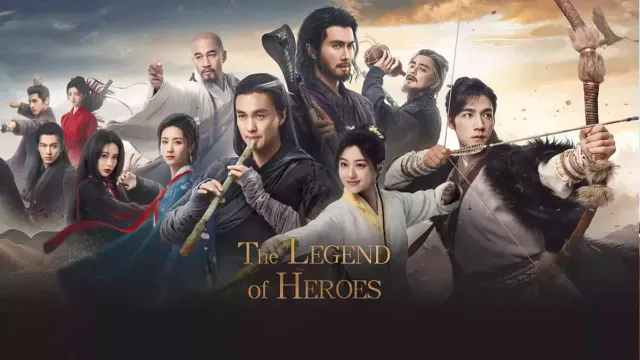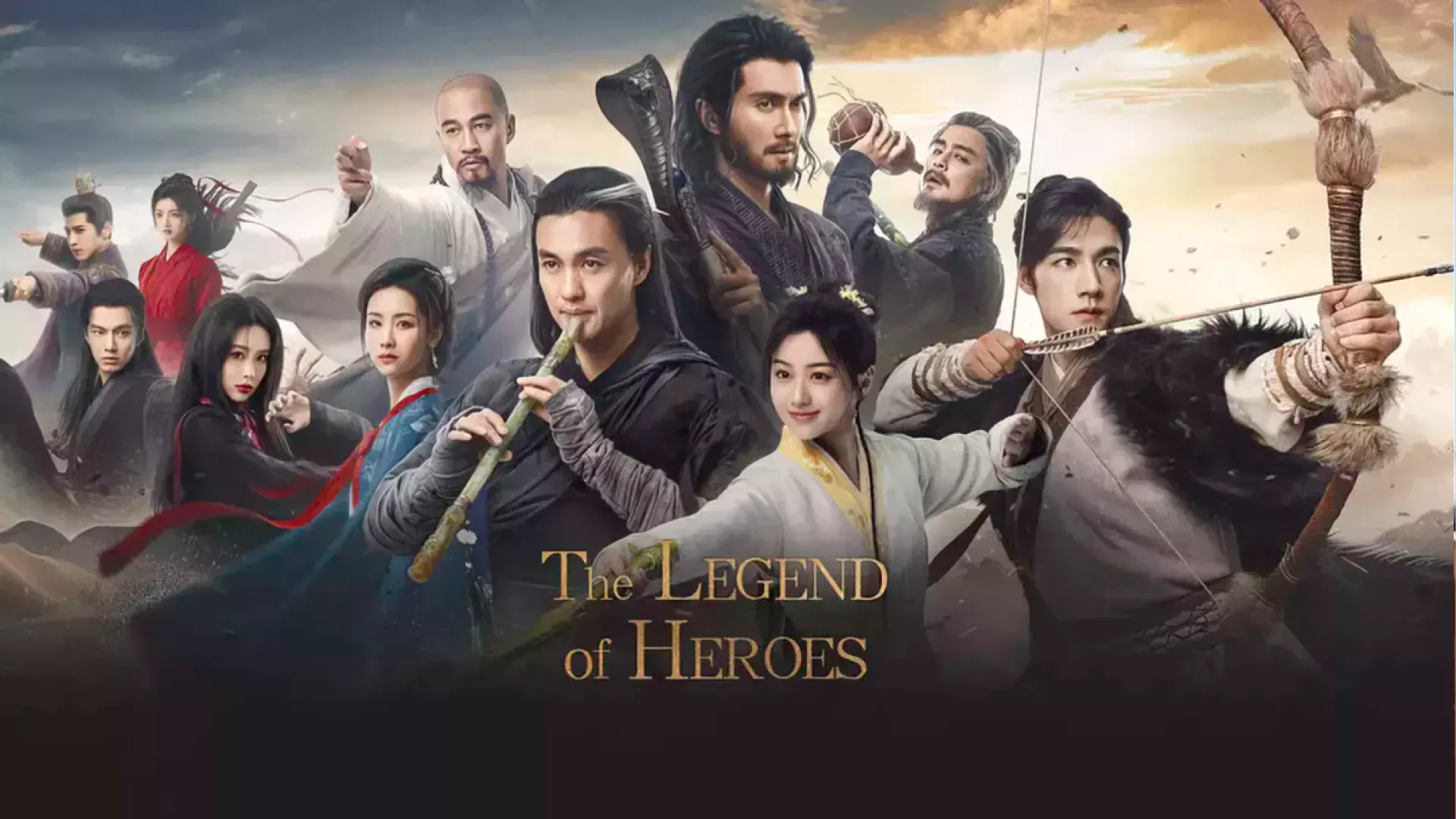Li Sheng (simplified: 黎生, traditional: 黎生, pinyin: Lí Shēng, jyutping: lai4 saang1) was a martial artist and member of the Beggars’ Guild during the late Song Dynasty. As a loyal member of one of the most influential martial arts organisations in the jianghu, he represented the dedication and commitment that characterized many of the guild’s practitioners.
Biography
Li Sheng’s early life and the circumstances that led to his joining the Beggars’ Guild reflected the various paths that individuals could take to become involved with martial arts organisations during this turbulent period. His decision to join the guild demonstrated his recognition of the organisation’s values and his desire to contribute to its various activities and objectives.
Li Sheng’s martial arts training within the Beggars’ Guild followed the organisation’s established system, which emphasized both technical skill and moral development. His training included various techniques and principles that would prepare him for the various challenges and conflicts that he would face as a guild member.
As a member of the Beggars’ Guild, Li Sheng participated in various activities and missions that advanced the organisation’s objectives. His position within the guild gave him access to resources and training opportunities while also requiring him to fulfill various organisational responsibilities.
Personality and traits
Li Sheng’s most defining characteristic was his loyalty to the Beggars’ Guild and its various objectives and principles. This loyalty influenced all of his actions and decisions throughout his involvement with the organisation.
Li Sheng demonstrated a strong dedication to martial excellence through his continuous training and practice. His approach to martial arts emphasized not just the development of technical skills but also the cultivation of the mental and spiritual qualities necessary for true mastery of the art.
Li Sheng’s approach to conflicts reflected his practical nature and his focus on achieving concrete results rather than pursuing abstract principles or moral considerations. This approach made him an effective agent for the guild’s various objectives while also limiting his ability to consider the broader implications of his actions.
Martial arts abilities
Li Sheng’s martial arts foundation was built upon the comprehensive training system of the Beggars’ Guild. This tradition emphasized righteousness and compassion, values that would define his later actions and teaching methods. The guild’s techniques combined practical combat applications with philosophical principles.
In practical combat situations, Li Sheng demonstrated the effectiveness of the Beggars’ Guild techniques through his ability to deliver powerful strikes while maintaining defensive awareness. His training emphasized the importance of timing and positioning, allowing him to maximize the impact of his attacks while minimizing exposure to counter-attacks.
Li Sheng’s qi cultivation followed the traditional methods of the Beggars’ Guild, emphasizing the development of qi through specialized breathing exercises and meridian circulation techniques. This cultivation provided him with the foundation necessary for both martial arts combat and the maintenance of his physical conditioning.
Relationships
Li Sheng’s primary relationship within the jianghu was his membership in the Beggars’ Guild. This affiliation provided him with training, resources, and a sense of belonging while also requiring him to fulfill various organisational responsibilities and obligations.
Li Sheng’s interactions with other martial artists revealed the various alliances and rivalries that defined the jianghu’s political landscape. His encounters with practitioners from other organisations demonstrated the complex nature of martial arts politics and the various factors that influenced relationships between different groups and individuals.
Li Sheng’s relationships with guild leadership reflected the hierarchical structure that characterized martial arts organisations during this period. His ability to work effectively within this structure while maintaining his own position and influence demonstrated his understanding of organisational politics and his diplomatic skills.
Behind the scenes
Li Sheng appears in The Legend of the Condor Heroes as a supporting character who represents the broader political and martial landscape in which the main characters operate. His character demonstrates the various ways in which martial artists could become involved in broader conflicts and power struggles, whether through personal choice, organisational loyalty, or the manipulation of others.
Portrayals
See also
External links
- Li Sheng on Wikipedia
- Li Sheng (Chinese) on Baidu Baike
- The Legend of the Condor Heroes on Wikipedia


